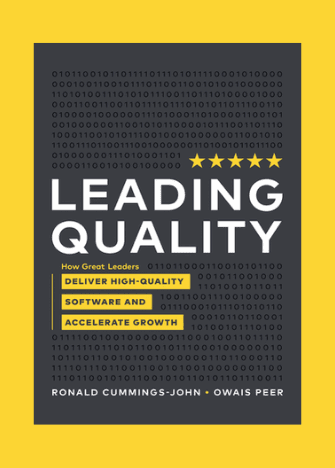In the software testing life cycle, Test Data Management (TDM) is essential because it provides ideal circumstances for testing processes by creating data that closely simulates real-world operational data.
Its progression beyond only creating or maintaining data is evident because of newly arising privacy requirements. Understanding test data creation, management, and security procedures in-depth has become essential.
Create Test Data
The first step in TDM is to create test data. Creating test data that isn’t as complicated or large as real-world data is a typical mistake that results in ineffective testing.
Creating comprehensive, precise, and complete test data sets that closely resemble real-world processes is a best practice that guarantees a high level of test coverage.
Version Control in Test Data Management
Tracking different versions and data stages across the test life cycle is part of managing test data, the next Test Data Management phase. Version control, a tactic that works well and is frequently employed in software development, is one.
Similar to software, test data should be versioned to enable testers to go back to previous versions, identify problems fast, and reduce the time required to diagnose defects.
Ensuring Test Data Security
Lastly, and possibly most crucially, there is the test data security. No matter how flawless the test data is, it becomes worthless if it doesn’t comply with privacy laws like GDPR (General Data Protection Regulation).
The foundation of TDM strategy is now test data security due to data breaches and laws like GDPR.
Data Anonymization
In TDM, the two main methods for guaranteeing data privacy are data anonymization and data masking.
Through data anonymization, personally identifying information (PII) is removed from the data set, almost eliminating the possibility of re-identification. When a whole data collection needs to be protected, such as in a production setting, it’s frequently utilized.
Data Masking
Conversely, data masking modifies the data value while preserving the data format. By using this method, privacy regulations can be respected while preserving functional equivalency to the original data.
For example, in a credit card number, the first four numbers may be fictitious while the other digits are rendered untraceable. Commercial and open-source technologies that simplify Test Data Management and have built-in features for data masking and anonymization have been available over time, alleviating some of the cumbersome parts of TDM.
Conclusion
In conclusion, careful generation of representative test data, careful management—ideally via version control—and unwavering commitment to data security through anonymization and masking techniques are all necessary components of successful Test Data Management strategies.
It’s important to keep in mind that, despite TDM’s goal of producing high-quality software products, user data privacy must be completely respected along the way.
Happy testing!
About the tester
Thamsil has been part of Tester Work for more than 3 years and shares his software tester expertise in this article.
This article is the sole responsibility of the author. By submitting their work to our blog, authors affirm that the content is original and does not violate any copyrights or intellectual property rights of third parties.







